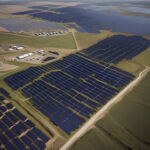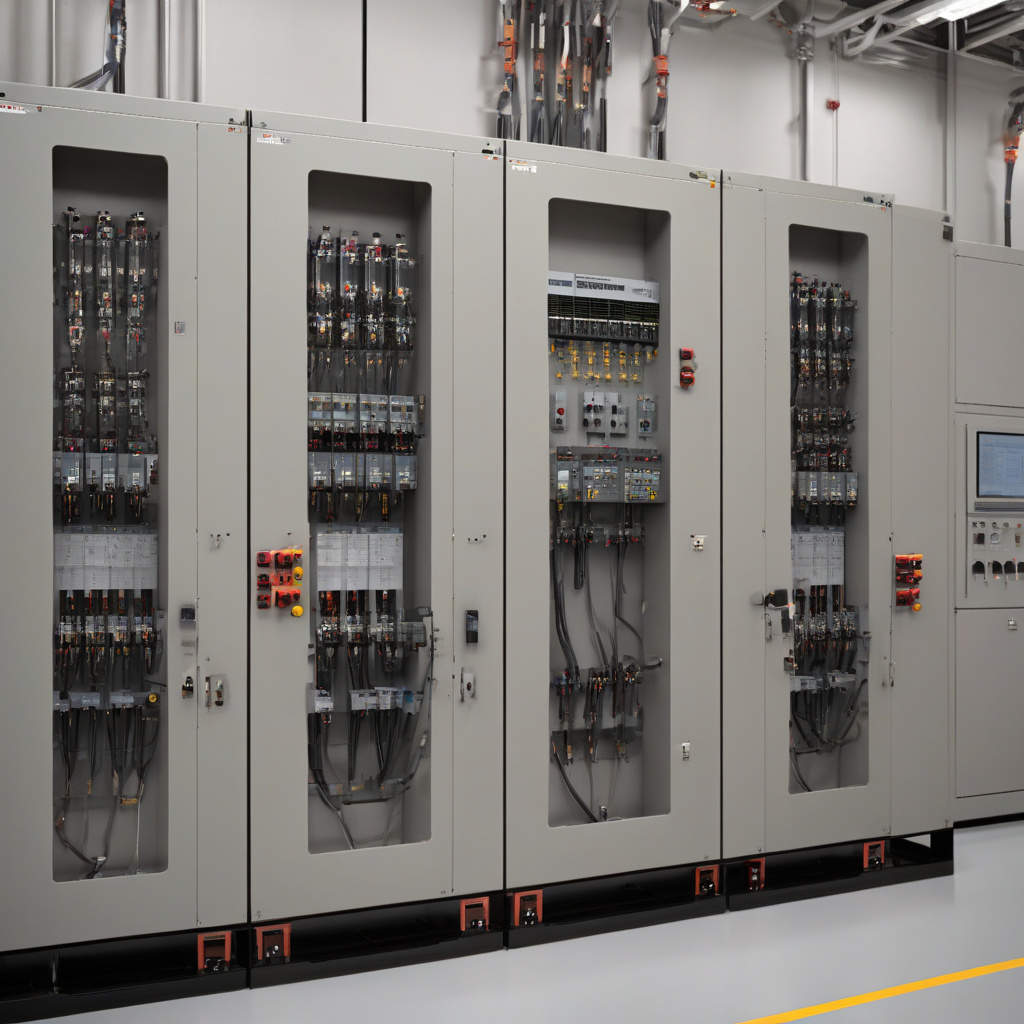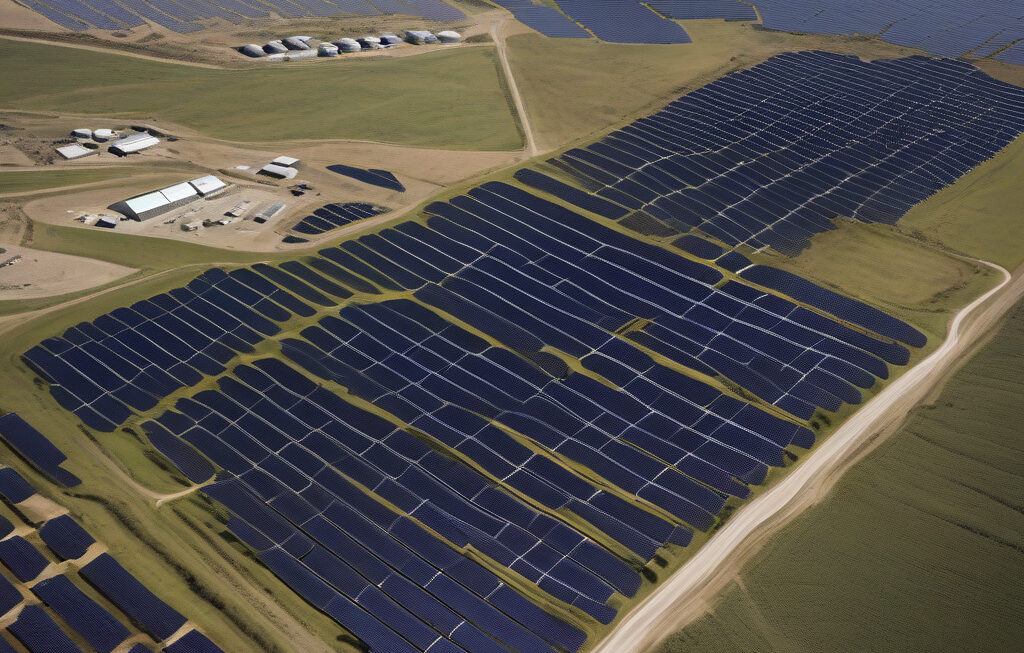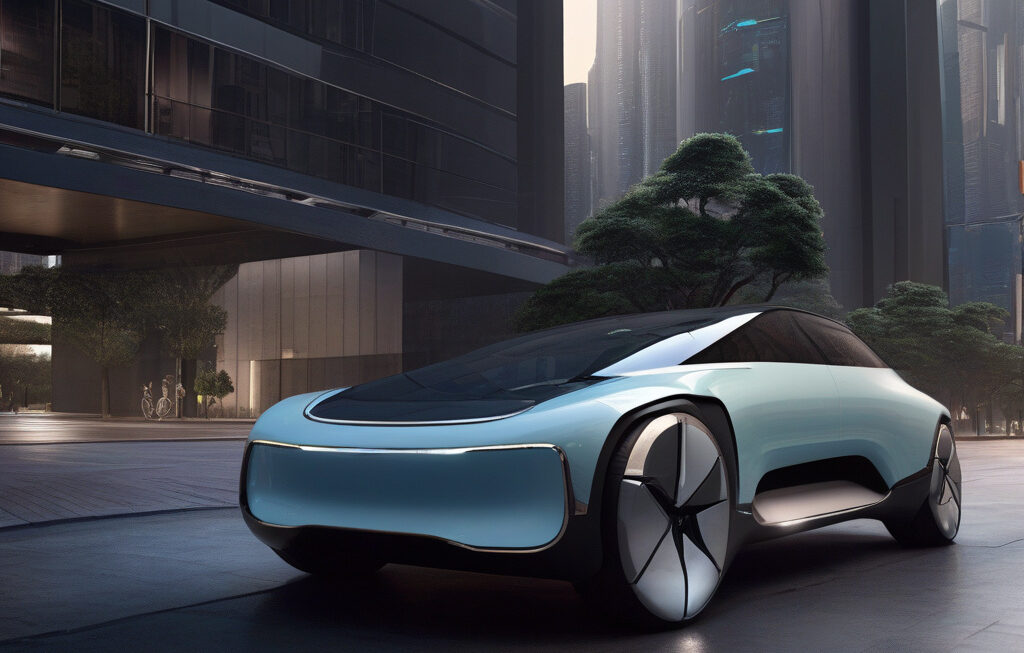New US High-Speed Breaker Tested at 1,800-Volts Could Spark DC Electricity Boom
Researchers at Oak Ridge National Laboratory (ORNL) have developed a new circuit breaker that operates at 1,800 volts, a breakthrough that could revolutionize the way electricity is managed and distributed in the United States. This high-speed breaker is designed to handle direct current (DC) electricity, which is becoming increasingly popular due to its efficiency and compatibility with renewable energy sources like solar panels and wind turbines.
Traditional circuit breakers are designed for alternating current (AC) systems and struggle to safely interrupt the flow of DC electricity. This limitation has hindered the widespread adoption of DC power in various applications, including electric vehicles, data centers, and grid-level energy storage. However, the innovative technology developed by ORNL researchers promises to overcome these challenges and pave the way for a new era of electrification.
One of the key advantages of the new high-speed breaker is its ability to quickly and safely disconnect DC power in the event of a fault or overload. This feature is crucial for protecting equipment and preventing electrical fires, especially in systems with high power levels. By incorporating this advanced breaker technology, industries and utilities can enhance the reliability and safety of their operations while maximizing the efficiency of their energy infrastructure.
In addition to its superior performance, the ORNL high-speed breaker is also more compact and cost-effective compared to existing solutions on the market. Its smaller size and reduced component count make it easier to integrate into a wide range of applications, from residential solar installations to industrial power plants. Furthermore, the scalability of this technology allows for customization based on specific voltage and current requirements, offering flexibility for different use cases.
The potential impact of this breakthrough extends beyond technical advancements to economic and environmental benefits. By enabling the widespread adoption of DC electricity, the new high-speed breaker could lead to significant energy savings and reduced carbon emissions. DC systems are known for their efficiency in transmitting power over long distances with minimal losses, making them an attractive option for building a more sustainable energy infrastructure.
Moreover, the rise of DC power could drive innovation in renewable energy technologies and accelerate the transition towards a cleaner, greener future. With the support of advanced circuit protection devices like the ORNL high-speed breaker, industries and communities can harness the full potential of solar, wind, and other sources of clean energy without compromising on reliability or safety.
As the demand for electrification continues to grow and evolve, the development of disruptive technologies like the high-speed DC breaker will play a crucial role in shaping the energy landscape of tomorrow. By staying at the forefront of innovation and embracing sustainable solutions, the United States can lead the way in building a resilient and efficient electrical grid that meets the needs of a rapidly changing world.
In conclusion, the successful testing of the new US high-speed breaker at 1,800 volts marks a significant milestone in the advancement of DC electricity technology. With its groundbreaking features, compact design, and potential for widespread deployment, this innovative circuit breaker has the power to spark a DC electricity boom that transforms the way we generate, transmit, and consume energy. The future of electrification looks brighter than ever, thanks to the vision and ingenuity of researchers at ORNL.
energy, innovation, sustainability, technology, electrification












